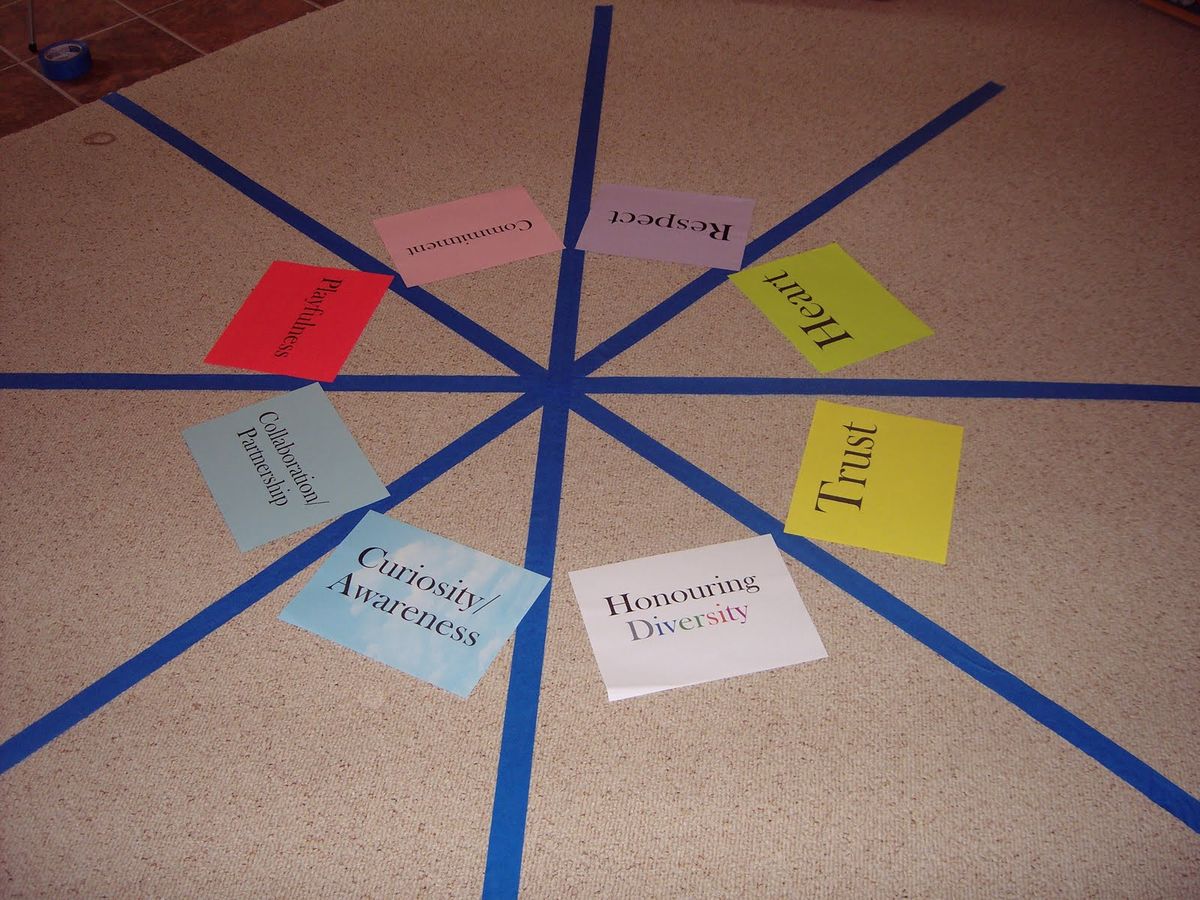Strength training is not just about building a more sculpted physique; it’s also a powerful tool for weight loss. By incorporating strength training into your fitness routine, you can boost your metabolism, burn more calories, and preserve lean muscle mass while shedding fat. This article will explore the benefits of strength training for weight loss, how to choose the right routine, essential exercises, and much more.
Key Takeaways
- Strength training boosts metabolism and helps burn more calories even at rest.
- Incorporating both compound movements and bodyweight exercises can maximize weight loss benefits.
- A balanced workout plan should include a mix of strength training, cardio, and adequate rest and recovery.
- Proper nutrition, including protein-packed foods and proper meal timing, is essential to complement your strength training efforts.
- Debunking common myths: Strength training does not make you bulky and can be done without a gym membership.
Why Strength Training is a Game Changer for Weight Loss
When it comes to weight loss, many people immediately think of cardio exercises like running or cycling. However, strength training is a game changer that shouldn’t be overlooked. Not only does it help you build muscle, but it also plays a crucial role in shedding those extra pounds effectively.
Choosing the Right Strength Training Routine
When it comes to strength training, finding the right routine can make all the difference in your weight loss journey. Safety should always be your top priority. Before you dive in, it’s a good idea to check with your physician, especially if you’re new to this type of exercise. Performing exercises incorrectly can put you at risk for injury, so don’t hesitate to ask for guidance from fitness center staff or a strength and conditioning specialist.
Types of Strength Training
Strength training isn’t one-size-fits-all. There are various types to consider, each with its own benefits:
- Bodyweight exercises: These are great for beginners and can be done anywhere. Think push-ups, squats, and lunges.
- Free weights: Using dumbbells and barbells can help you build muscle and improve your balance.
- Machines: These can guide your movements and are often safer for those new to strength training.
- Resistance bands: Portable and versatile, they offer a different type of resistance compared to weights.
Finding What Works for You
The key to sticking with a strength training routine is finding what you enjoy. Try different types of exercises and see what feels best for your body. Remember, it’s not just about lifting the heaviest weights; it’s about consistency and proper form. If you’re unsure where to start, try our beginner weight loss workout to gain strength and lose weight with a focus on resistance training and proper nutrition.
Common Mistakes to Avoid
Even seasoned lifters can fall into common traps. Here are a few to watch out for:
- Skipping warm-ups: Always start with a moderate intensity cardio warmup to get your blood flowing and muscles ready.
- Using improper form: This can lead to injuries. If you’re unsure, ask for help or consult online resources.
- Overtraining: Your muscles need time to recover. Incorporate rest days into your routine.
- Neglecting nutrition: Strength training and proper nutrition go hand in hand. Make sure you’re fueling your body with the right foods.
Remember, the journey to weight loss is as much about mental transformation as it is about physical changes. Stay patient and consistent, and you’ll see results.
By avoiding these mistakes and finding a routine that works for you, you’ll be well on your way to achieving your weight loss goals through strength training.
Essential Strength Training Exercises for Weight Loss
When it comes to weight loss, strength training is a game-changer. Not only does it help you burn calories, but it also builds muscle, which in turn boosts your metabolism. Let’s dive into some essential exercises that can help you on your journey to shed those pounds.
Creating a Balanced Workout Plan
When it comes to creating a balanced workout plan, it’s all about mixing things up and ensuring you’re hitting all the right notes. A well-rounded plan will not only help you build muscle but also keep you motivated and prevent burnout. Here’s how I like to structure my workouts to keep things interesting and effective.
Nutrition Tips to Complement Your Strength Training

When it comes to strength training, what you eat is just as important as how you lift. Here are some essential nutrition tips to help you get the most out of your workouts and achieve your weight loss goals.
Debunking Myths About Strength Training and Weight Loss

Myth: Lifting Weights Makes You Bulky
One of the most common misconceptions is that lifting weights will make you bulky. This couldn’t be further from the truth. Building significant muscle mass requires a specific diet and training regimen that most people simply don’t follow. Instead, strength training helps you achieve a toned and lean physique by burning fat and increasing muscle definition.
Myth: Cardio is Better for Weight Loss
While cardio is great for burning calories, it’s not the only way to lose weight. Strength training is equally important because it boosts your metabolism, helping you burn more calories even when you’re not working out. Combining both cardio and strength training is the best way to achieve comprehensive weight loss results.
Myth: You Need a Gym Membership
You don’t need a gym membership to benefit from strength training. There are plenty of effective bodyweight exercises like planks, squats, and lunges that you can do at home. These exercises are some of the best for weight loss and muscle toning. Plus, investing in a few free weights or resistance bands can further enhance your home workouts.
Strength training can also help you achieve weight loss for better health. It’s not just about shedding pounds; it’s about understanding the science behind weight loss and applying it effectively.
How to Stay Motivated on Your Strength Training Journey
Staying motivated on your strength training journey can be challenging, but it’s absolutely doable with the right mindset and strategies. Here are some tips to keep you going strong.
Setting Realistic Goals
One of the first steps to staying motivated is setting realistic goals. Start with small, achievable targets and gradually increase them as you progress. This way, you won’t feel overwhelmed and can celebrate each milestone.
Finding a Workout Buddy
Having trouble committing to regular strength training? Start with just 10 minutes two to three times a week. Find a buddy to go to the gym with you or to compete against for showing up to your sessions. Working on it together will help keep you both accountable. Bonus: you can serve as a motivator and spotter for each other when lifting weights.
Celebrating Small Wins
Don’t wait until you’ve reached your ultimate goal to celebrate. Take time to acknowledge and celebrate small wins along the way. Whether it’s lifting a heavier weight or sticking to your routine for a month, these small victories will keep you motivated and focused on your long-term goals.
Remember, the journey is just as important as the destination. Enjoy the process and take pride in your progress, no matter how small it may seem.
The Role of Supplements in Strength Training for Weight Loss

When it comes to strength training for weight loss, supplements can play a significant role in enhancing your results. But, it’s essential to approach them with caution and knowledge. Let’s dive into some popular options and how they might help you on your journey.
Popular Supplements to Consider
There are a variety of supplements that people often turn to when trying to lose weight and build muscle. Here are a few that you might find helpful:
- Protein Powders: These are great for ensuring you get enough protein to support muscle growth and recovery.
- Creatine: Known for boosting strength and muscle mass, creatine can be a valuable addition to your routine.
- Branched-Chain Amino Acids (BCAAs): These can help reduce muscle soreness and improve recovery times.
- Fat Burners: Often containing caffeine and other stimulants, these can help increase your metabolism and energy levels.
Natural Alternatives
If you’re wary of synthetic supplements, there are plenty of natural alternatives that can support your weight loss and muscle-building efforts:
- Green Tea Extract: Known for its metabolism-boosting properties.
- Fish Oil: Helps reduce inflammation and can support overall health.
- Apple Cider Vinegar: Believed to help with weight loss by promoting a feeling of fullness.
Consulting with a Professional
Before you start any supplement regimen, it’s crucial to consult with a healthcare provider. They can help you understand which supplements are safe and effective for your specific needs. Remember, supplements should complement a balanced diet and exercise plan, not replace them.
Supplements can be a helpful addition to your strength training routine, but they are not a magic solution. Always prioritize a balanced diet and regular exercise for the best results.
In conclusion, while supplements can aid in your weight loss journey, they should be used wisely and in conjunction with a healthy lifestyle. Always do your research and consult with professionals to ensure you’re making the best choices for your body.
Strength Training for Different Age Groups
Strength training is beneficial at any age, and it’s never too late to start. As we age, we naturally lose muscle mass, which can decrease our metabolism. Establishing a strength training program can help counteract this by increasing muscle mass and boosting metabolism. Let’s break it down by age group to see how strength training can be tailored to different stages of life.
Overcoming Plateaus in Your Strength Training Routine
Identifying the Signs of a Plateau
One of the most frustrating aspects of strength training is hitting a plateau. You know you’re there when your progress stalls, and you no longer see improvements in your strength or muscle mass. Recognizing these signs early can help you take action before frustration sets in. Look out for these indicators:
- No increase in weights or reps for several weeks
- Feeling less motivated to work out
- Experiencing more fatigue than usual
Strategies to Break Through
The only thing as important as consistency is change. If your body gets used to the program that you’re using, that’s when you might reach a plateau. Here are some strategies to help you break through:
- Vary Your Exercises: Variety is the spice of life … and muscle building. As you get stronger, try varying the exercises you perform. Different exercises or varying the weight training equipment in your routine should keep your program challenging.
- Adjust Your Diet: Sometimes, tweaking your diet can make a big difference. Ensure you’re getting enough protein and calories to support muscle growth.
- Increase Intensity: Incorporate high-intensity interval training (HIIT) or add more weight to your lifts.
- Rest and Recovery: Make sure you’re giving your body enough time to recover. Overtraining can lead to plateaus as well.
When to Seek Professional Help
If you’ve tried everything and still can’t break through your plateau, it might be time to seek professional help. A personal trainer can provide a fresh perspective and introduce new techniques to your routine. They can also help you stay focused and stay hungry, which is crucial for long-term success.
Remember, the journey to overcoming a plateau is just as important as the destination. Stay focused and stay hungry. That’ll lead you to success.
The Mental Benefits of Strength Training
Boosting Confidence
When I first started strength training, I was amazed at how quickly my confidence began to soar. There’s something incredibly empowering about lifting weights and seeing your progress over time. Strength training has excellent health benefits, but the mental boost is just as significant. As you get stronger, you start to feel more capable in other areas of your life too.
Reducing Stress
One of the most surprising benefits of strength training for me has been its ability to reduce stress. After a tough day, hitting the gym and lifting some weights can be incredibly therapeutic. The focus required during a workout helps to clear my mind and provides a much-needed break from daily stressors. Plus, the endorphins released during exercise are a natural mood booster.
Improving Mental Clarity
Strength training doesn’t just make you physically stronger; it also sharpens your mind. I’ve found that regular workouts help me think more clearly and improve my concentration. This mental clarity extends beyond the gym, making it easier to tackle challenges at work and in my personal life. It’s like a mental reset button that helps me stay focused and productive.
The journey to weight loss is as much about mental transformation as it is about physical changes.
Conclusion
Alright, folks, there you have it! Strength training isn’t just about bulking up; it’s a powerhouse for weight loss too. By building muscle, you’re not only sculpting a leaner physique but also boosting your metabolism to burn more calories even when you’re at rest. Remember, it’s not just about the numbers on the scale but how you feel and function. So, grab those weights, stay consistent, and pair your workouts with a balanced diet. Your future self will thank you. Keep lifting and keep thriving!
Frequently Asked Questions
How does strength training help with weight loss?
Strength training helps with weight loss by building muscle mass, which increases your metabolism and allows you to burn more calories even at rest. It also helps in reducing body fat while preserving lean muscle.
Can I lose weight by doing strength training alone?
While strength training is highly effective in aiding weight loss, combining it with a balanced diet and cardiovascular exercise will yield the best results. Strength training alone can help you lose fat and build muscle, but a holistic approach is more effective.
How often should I do strength training to lose weight?
For optimal weight loss, it is recommended to engage in strength training exercises at least 2-3 times per week. This allows sufficient time for muscle recovery and growth, which are crucial for effective weight loss.
What are some common mistakes to avoid in strength training for weight loss?
Common mistakes include not allowing enough time for muscle recovery, lifting weights that are too light or too heavy, and neglecting proper form. It’s also important to avoid focusing solely on isolation exercises and to include compound movements that engage multiple muscle groups.
Do I need a gym membership to start strength training?
No, you don’t need a gym membership to start strength training. Many effective strength training exercises can be done at home using bodyweight, resistance bands, or free weights. However, a gym can provide a wider range of equipment and professional guidance.
Will strength training make me bulky?
This is a common myth. Strength training will not make you bulky unless you are specifically training for muscle hypertrophy and consuming a surplus of calories. For most people, strength training helps in achieving a toned and lean physique.
What should I eat to complement my strength training for weight loss?
A diet rich in protein, healthy fats, and complex carbohydrates is essential to complement your strength training. Foods like lean meats, fish, eggs, legumes, nuts, and whole grains can help you build muscle and lose fat. Proper hydration is also crucial.
How can I stay motivated on my strength training journey?
Staying motivated can be achieved by setting realistic goals, tracking your progress, and celebrating small wins. Finding a workout buddy or joining a community can also provide support and keep you accountable.
- Sustainable Weight Loss Strategies: Achieving Long-Term Success – June 16, 2024
- Cycling for Weight Loss: Pedal Your Way to a Healthier You – June 15, 2024
- Weight Loss Coaching: Personalized Guidance for Effective Results – June 15, 2024




